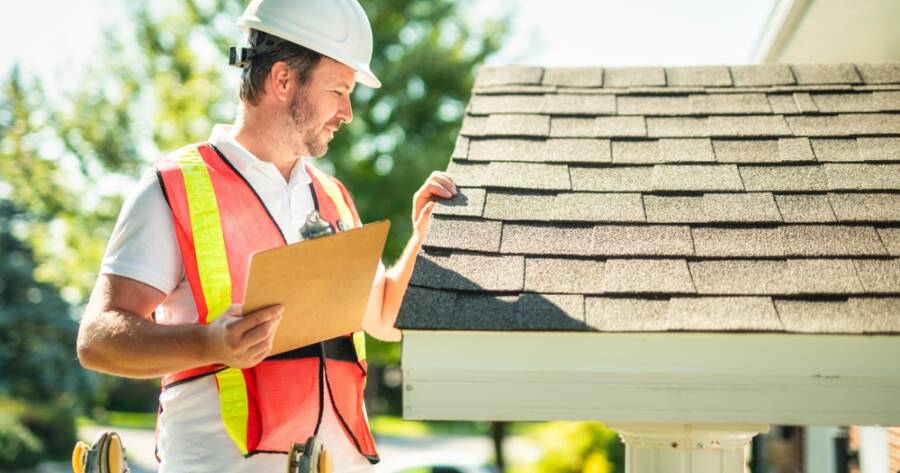Roof repair grants and financial assistance programs play a vital role in easing the financial burden for homeowners, particularly those with limited income, elders, or disabilities. By improving living conditions and promoting energy efficiency, such initiatives, including government-backed loans and community block grants, provide essential resources. Understanding home repair programs can lead to safer and more sustainable homes.
Understanding Roof Repair Grants and Financial Assistance
Roof repairs can be a considerable financial burden for homeowners, particularly those with limited income or specific needs. Fortunately, there are various government grants and financial aids designed to alleviate these costs. These programs often target low-income families, the elderly, or individuals with disabilities, aiming to improve living conditions while boosting energy efficiency by covering materials and labor costs.
The U.S. Department of Energy’s Weatherization Assistance Program (WAP) is one such initiative that helps low-income families reduce energy costs through home repairs, including roof replacement. Prioritizing the elderly, children, and people with disabilities, the program enhances household energy efficiency. Similarly, the USDA’s Single Family Housing Repair Loans and Grants focus on homes in low-income neighborhoods, offering financial aid to households earning less than 50% of the national average income.
Eligibility Requirements for Roof Repair Financial Aid
Each financial aid program comes with specific eligibility criteria that applicants must meet, based on factors such as income level, household size, and location. For instance, the Weatherization Assistance Program requires that individuals make no more than 200 percent of the federal poverty income level. Furthermore, the USDA focuses on those living in low-income neighborhoods, while some federal programs specifically cater to rural residents and the elderly.
Another notable program is the Single Family Residential Rehabilitation Program (SFRRP), which offers grant funding for roof repairs up to $15,000 to enhance home accessibility. This is particularly beneficial for senior citizens and individuals with disabilities. Eligibility often includes income requirements and proof of property ownership. Many programs additionally prioritize homes that exhibit significant need due to extreme weather impact or other safety concerns.
Application Process for Grants
Applying for roof repair grants often involves a structured process of documentation and submission. Applicants must gather proof of income, homeowner status, and other personal documentation. The application process can vary; some programs allow online submissions, while others might require in-person visits or mailed applications, depending on the grant specifics. Following submission, approvals can take a few weeks to several months, depending upon program demand and resource availability.
Prospective applicants are advised to conduct research and consult professionals to identify the most appropriate programs for their circumstances. Local nonprofit organizations often offer targeted assistance tailored to specific demographics. Additionally, it’s crucial to check state and local housing departments, as they might offer additional resources that complement or extend federal assistance.
Supplementary Financial Options
Besides grants, various loans and financial assistance options support roof repair operations. These include government-backed loans and private sector initiatives that extend favorable terms to low-income households. For example, the HUD’s Title 1 property improvement loan program provides flexible options for financing home repairs, while the HUD 203(k) rehabilitation mortgage integrates repair costs into homeowners’ existing mortgages.
Homeowners may also consider leveraging home equity conversion mortgages or exploring community development block grants. These block grants offer significant funding to local governments for community enhancement projects, which can include roof replacements or energy-efficiency upgrades. Such programs prioritize safety and habitability in underprivileged communities. Furthermore, tax credits or incentives associated with energy-efficient home improvements can further alleviate costs, making repairs more affordable over time.
Why You Should Learn More About Roof Repair Assistance Today
Understanding the array of roof repair grants and financial assistance options is crucial for homeowners managing the costs of maintaining their homes. These programs not only reduce the financial burden associated with necessary home repairs but also encourage energy efficiency and safety improvements. Engaging with local government departments and nonprofit organizations can enhance awareness of eligibility criteria and application processes.
By proactively seeking financial resources, homeowners can maintain the integrity and comfort of their homes, ensuring safe, energy-efficient living conditions for years to come. To explore the available programs suited to your situation, consult with roofing professionals and local authorities to assess options tailored to your community and circumstances.
Sources
Overview of Roof Repair Grants and Programs
Government Programs for Home Repair
Eligibility and Application Process for Roof Grants

